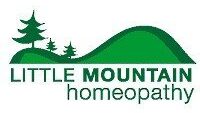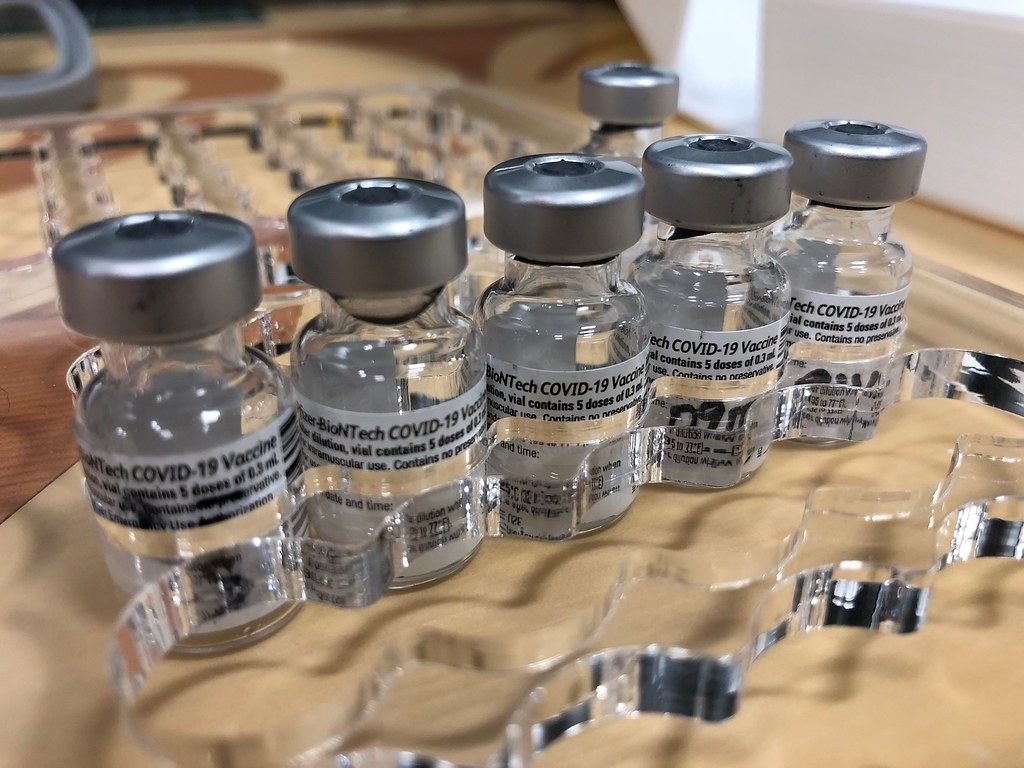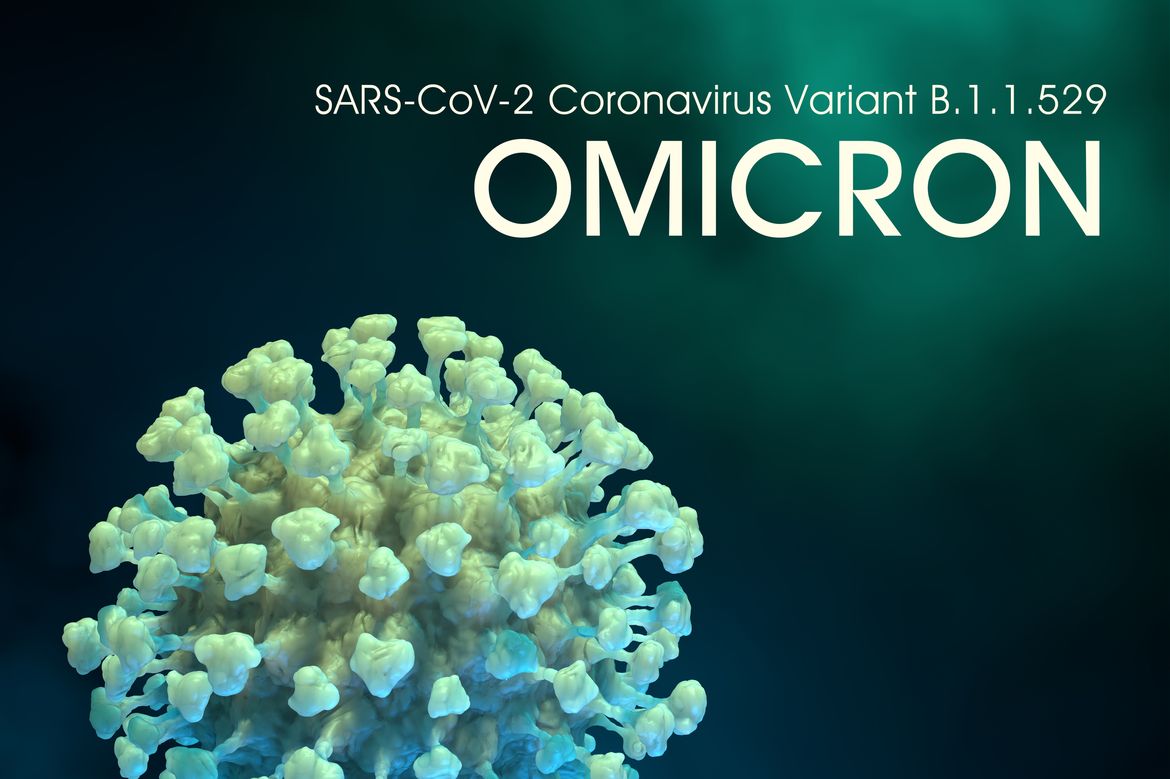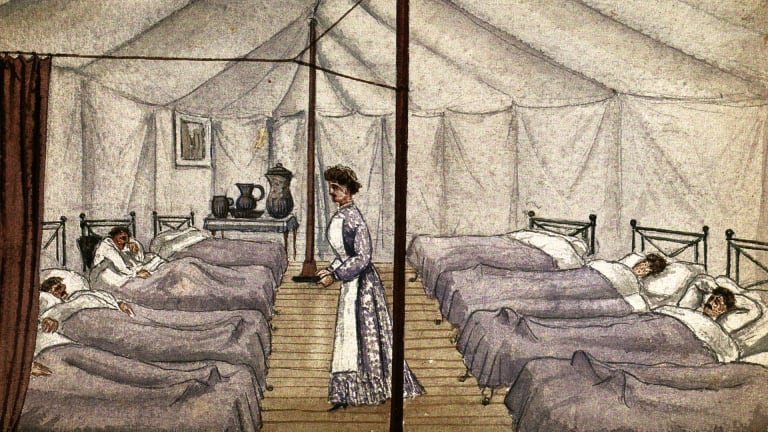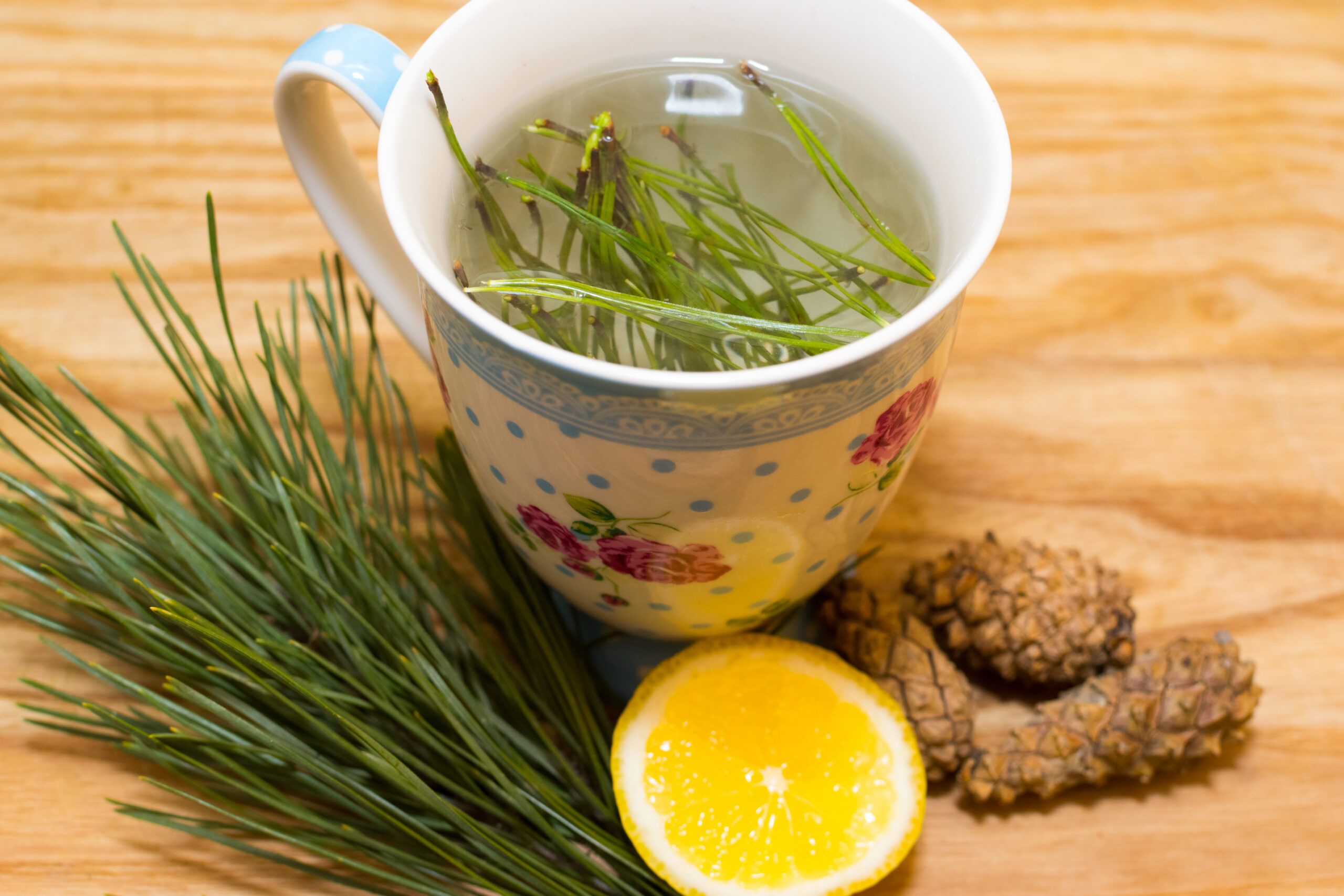Homeopathy for Mpox
In this article, learn about the basics of mpox (formerly known as monkeypox), including what the most common symptoms of the disease are as well what the most commonly indicated homeopathic remedies are for monkeypox. About Monkeypox Monkeypox was first discovered in 1958 when two outbreaks of a pox-like disease occurred in colonies of monkeys […]
